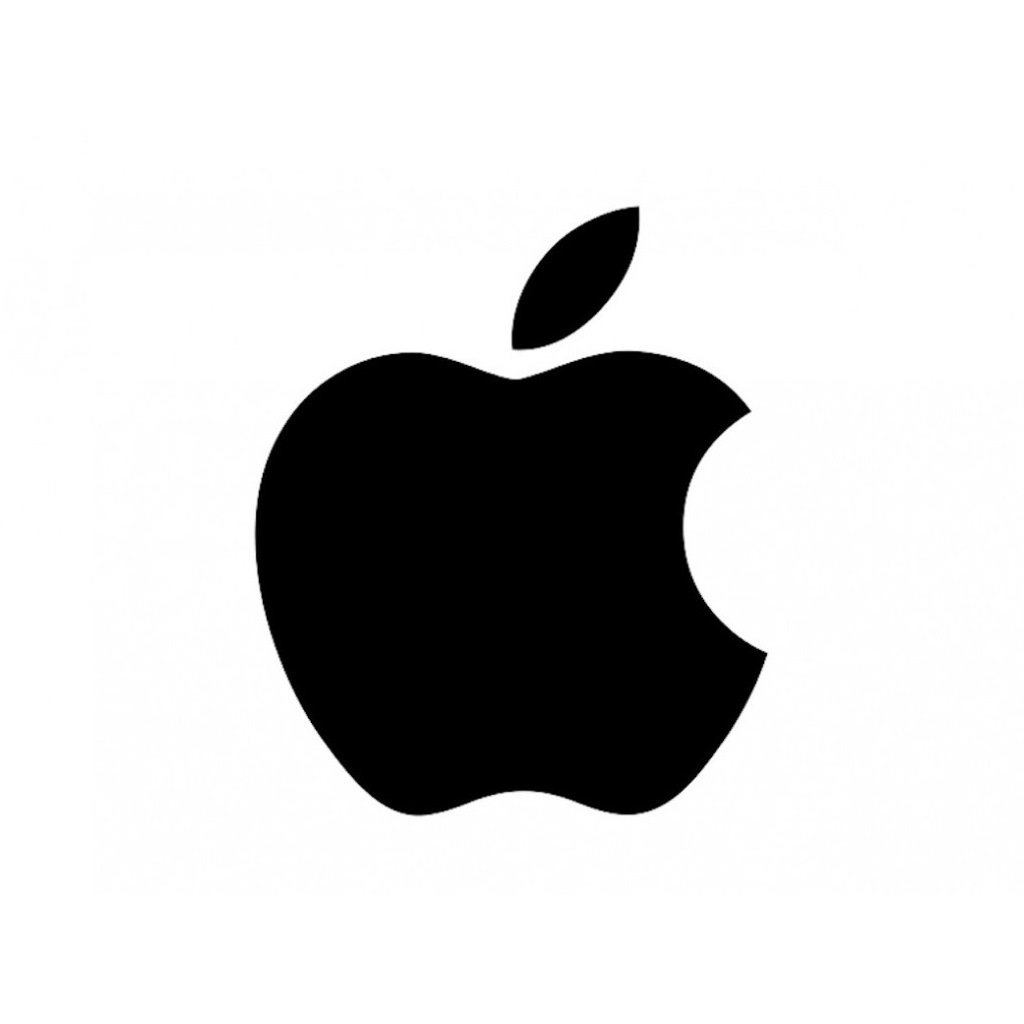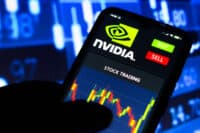

Apple Inc. (NASDAQ: AAPL) has been many things over the years. It had grown into the world’s top brand and it had reached the largest market cap of any public company. On the product side, the iPhone iterations over the past decade have crushed most competitors, and the iPad, Mac, Apple Watch and the products and services in music, media and apps have all added some focus of sorts. But on Monday, February 13, 2017, Apple shares were back to their old habit of challenging all-time highs.
24/7 Wall St. wanted to look under Apple’s hood and see what is driving the excitement. The reality is that the market has been breaking records of its own, in the Dow and S&P 500 indexes, but Apple is such a dominant stock with so many shareholders that its stock price challenging all-time highs simply cannot be ignored.
Apple’s opening price of about $133.00 and the daily high of $133.82 compares to an official high of $134.54 from March of 2015. Still, investors need to keep in mind that Apple has paid out more than $4.00 per share in dividends in the past two years, and its stock buyback program has been aggressive as well. Apple’s cumulative payments of dividends and use of cash for buybacks has brought its total capital return program to over $200 billion.
What matters to investors today is that Apple’s total market cap is roughly $702 billion. That is almost $150 billion more than Alphabet (Google) and still over $100 billion more than Exxon Mobil and General Electric combined. It also cannot be ignored that Apple has more than $200 billion in cash and investments around the world.
One recent issue is that CEO Tim Cook has pledged to double Apple’s $24 billion services business by 2021. Cook has also talked up how U.S. corporate tax reform could boost the company, and that repatriation of cash could act as a boost for M&A, higher dividends and share buybacks.
All of this hype around Apple is taking place more than six months ahead of the expected iPhone 8 launch. It is the launch of the iPhone 8 and further market penetration that is exciting investors. Apple has garnered nearly $1 trillion in sales around the iPhone in just the past decade. Steve Jobs introduced the original iPhone on January 9, 2007.
For Apple’s quarter ending on December 31, 2016, the company posted all-time record quarterly revenue of $78.4 billion. Apple also said that international sales accounted for 64% of its quarterly revenue. Now you know why repatriation matters so much here. If Apple has no supplier issues, it seems as though a September launch would set the stage for yet another record quarter for Apple in this calendar year.
Now let’s consider what is anticipated for Apple in the years ahead. Sales of $215.6 billion in 2016 are expected to grow to about $228 billion in 2017 and over $244 billion in 2018. The Thomson Reuters consensus estimates are projecting that the $2.28 annualized dividend today will be north of $3.00 per share by 2020. Again, repatriation can help massively.
Here are some of the recent Apple analyst calls:
- Canaccord Genuity raised its Apple target to $154 from $142, citing iPhone units driving strong premium-tier market share gains and leading industry profits.
- Merrill Lynch reiterated its Buy rating and raised its price objective to $145 from $140, noting that China’s iPhone install base should drive strong growth.
- RBC maintained its Outperform rating and $140 target price, but the firm outlined how Apple’s share price could get to $160 to $170 based on a sizable capital allocation.
- Mizuho has a Buy rating and recently raised its target to $135 from $130.
- Maxim Group has a Buy rating and raised its target price to $173 from $164.
- S&P reiterated its Buy rating and $140 price target, noting an install base of nearly a billion that can help drive its services much higher.
There are at least some cautious reports as well. Wells Fargo has a Market Perform rating and sees uncertainties around its off-cycle demand, June quarter guide and litigation offsetting positives such as potential for tax reform and iPhone 8 super-cycle.
Apple shares were last seen trading up 1.1% at $133.50 on Monday. Its new 52-week high was $133.82, versus a 52-week low of $89.47.
It is also important to keep in mind that Apple’s weighting is 4.45% of the Dow’s 30 index components, versus a median index weighting of almost 3%. Its weighting is roughly 3.5% of the S&P 500, which is exponentially larger than the median weighting of those 500 stocks. Then there is the Nasdaq 100, where Apple has an index weighting of more than 11% — about 20 times the median index weighting.
Take This Retirement Quiz To Get Matched With A Financial Advisor (Sponsored)
Take the quiz below to get matched with a financial advisor today.
Each advisor has been vetted by SmartAsset and is held to a fiduciary standard to act in your best interests.
Here’s how it works:
1. Answer SmartAsset advisor match quiz
2. Review your pre-screened matches at your leisure. Check out the
advisors’ profiles.
3. Speak with advisors at no cost to you. Have an introductory call on the phone or introduction in person and choose whom to work with in the future
Take the retirement quiz right here.
Thank you for reading! Have some feedback for us?
Contact the 24/7 Wall St. editorial team.



